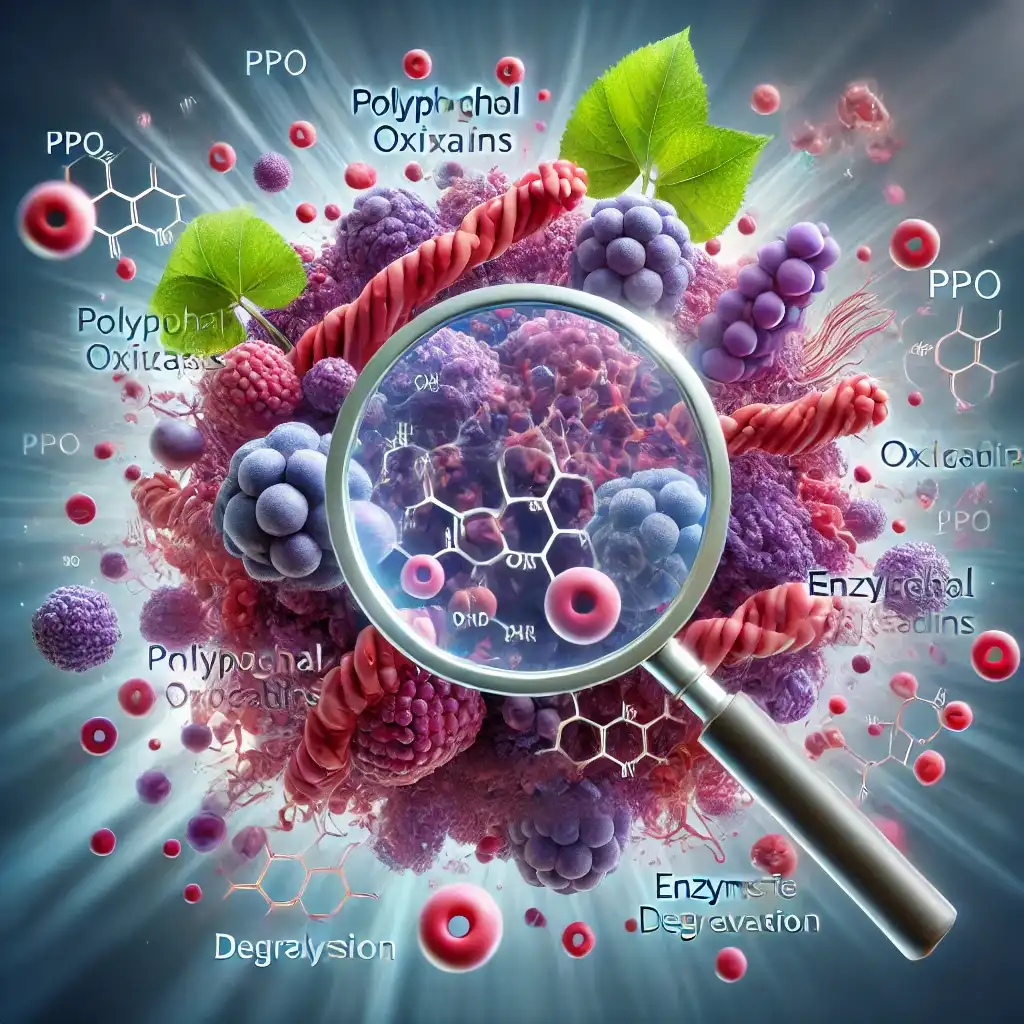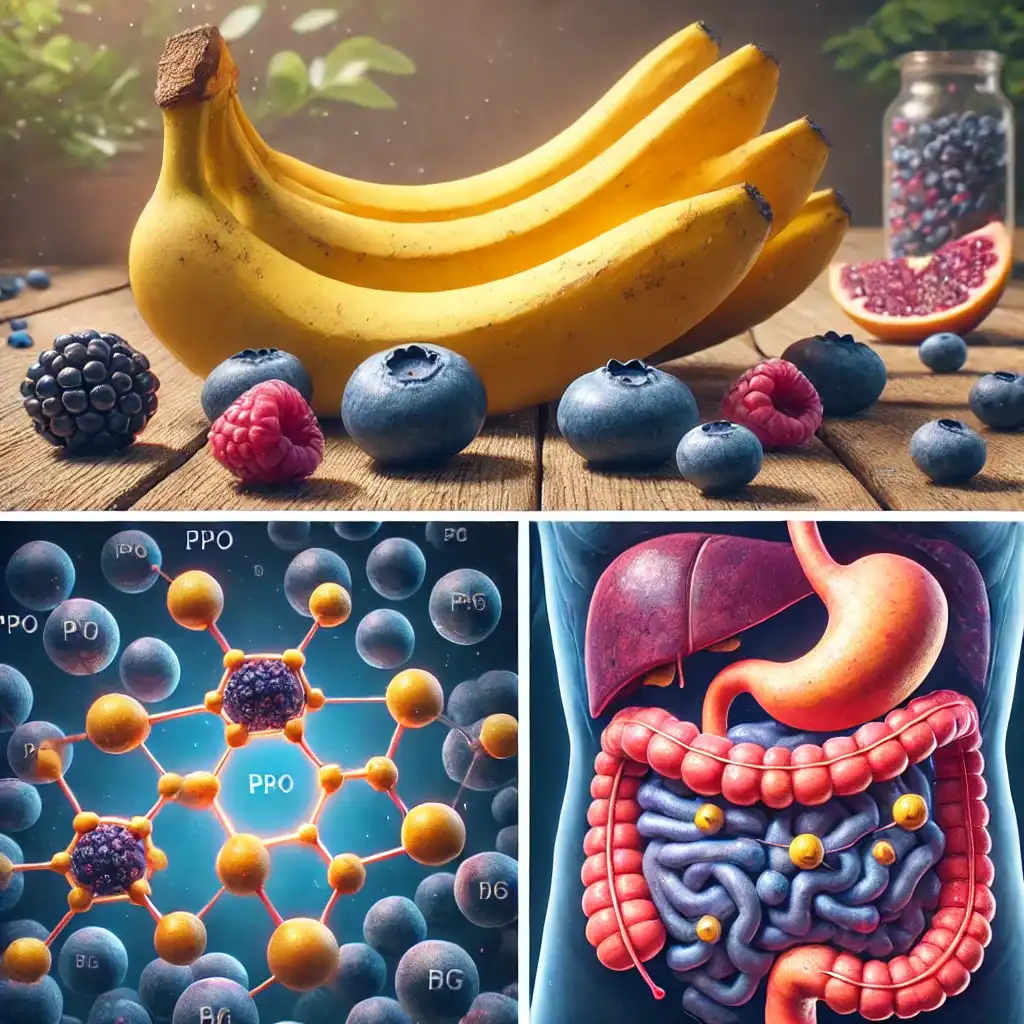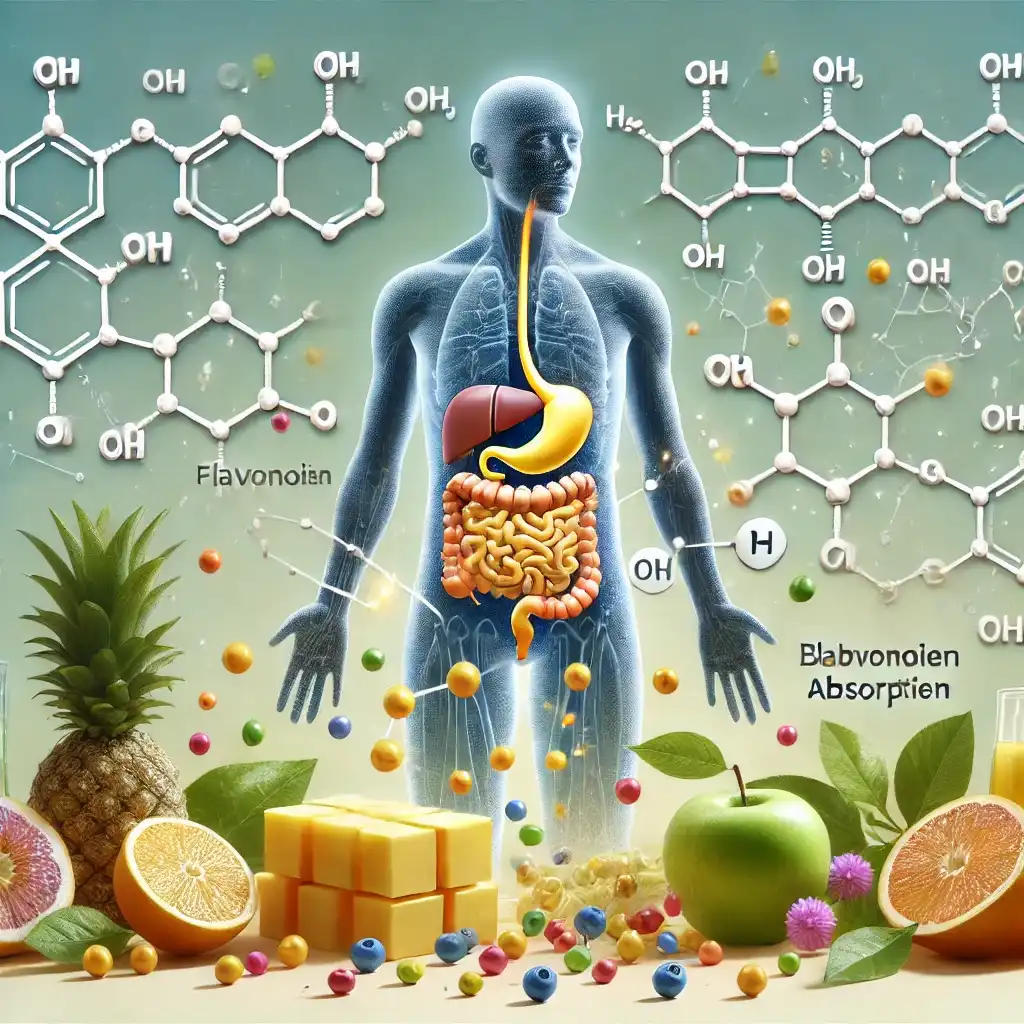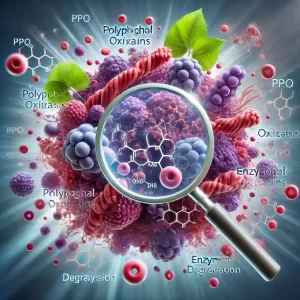Flavonoids are powerful plant compounds known for their antioxidant, anti-inflammatory, and neuroprotective properties. These naturally occurring compounds are found in a variety of fruits, vegetables, and plant-based foods. They contribute to the vibrant colors of many fruits and have been extensively studied for their role in disease prevention and overall health. However, recent research suggests that certain food combinations, particularly mixing bananas and blueberries, may reduce the bioavailability and effectiveness of flavonoids.
Understanding Flavonoids and Their Benefits
Flavonoids belong to a larger class of plant polyphenols. They are divided into several subclasses, including:
- Flavonols (e.g., quercetin, found in onions and kale)
- Flavan-3-ols (e.g., catechins, found in green tea and cocoa)
- Flavones (e.g., apigenin, found in parsley and celery)
- Anthocyanins (e.g., cyanidin, found in blueberries and blackberries)
- Isoflavones (e.g., genistein, found in soy products)
These compounds have been linked to numerous health benefits, including improved cardiovascular health, reduced inflammation, enhanced cognitive function, and protection against oxidative stress.
Flavonoid Absorption: The Key to Their Effectiveness
For flavonoids to exert their beneficial effects, they must be absorbed and metabolized efficiently. The bioavailability of flavonoids varies significantly depending on several factors, including gut microbiota composition, digestive enzymes, and food interactions. Certain enzymes in the gastrointestinal tract help break flavonoids down into absorbable metabolites. However, some food components can either enhance or inhibit flavonoid absorption, altering their effectiveness.
Bananas and Blueberries: A Problematic Pairing?
Bananas and blueberries are both nutrient-dense fruits that offer unique health benefits. Blueberries are particularly rich in anthocyanins, a subclass of flavonoids known for their potent antioxidant and cognitive-enhancing properties. On the other hand, bananas are an excellent source of vitamins, minerals, and digestive-friendly fibers.
However, emerging research suggests that combining bananas with flavonoid-rich foods, such as blueberries, may reduce flavonoid absorption and effectiveness. This interaction is due to polyphenol oxidase (PPO), an enzyme abundant in bananas.
The Role of Polyphenol Oxidase (PPO)
Polyphenol oxidase (PPO) is an enzyme responsible for the browning of fruits when they are cut or bruised. More importantly, it can break down and degrade flavonoids, making them less bioavailable. When bananas are mixed with blueberries, the PPO in bananas rapidly degrades anthocyanins, reducing their antioxidant potency.
Scientific Findings on PPO’s Impact on Flavonoids
A study published in the Journal of Food Chemistry found that mixing bananas with flavonoid-rich foods significantly reduced flavonoid absorption. The research indicated that PPO activity in bananas led to a nearly 80% reduction in anthocyanin bioavailability.
Furthermore, another study in Nutrients demonstrated that when anthocyanin-rich blueberries were consumed alone, their antioxidant capacity remained high. However, when paired with PPO-rich fruits, the flavonoid content was markedly reduced, lowering potential health benefits.
Implications for Health and Diet
While bananas and blueberries are individually nutritious, consuming them together may negate the powerful antioxidant effects of anthocyanins. This finding is particularly relevant for individuals looking to maximize their cognitive health, heart health, and inflammation control through diet.
Thus, if you aim to enhance flavonoid absorption, it is best to:
- Avoid combining flavonoid-rich foods with high-PPO foods such as bananas.
- Consume flavonoid-rich fruits alone or with other low-PPO fruits like citrus or apples.
- Pair flavonoid-rich foods with healthy fats, such as nuts or avocados, which can help enhance flavonoid absorption.
Other Food Combinations That May Reduce Flavonoid Effectiveness
Bananas and blueberries are not the only problematic combination when it comes to flavonoid absorption. Other food pairings may also reduce the bioavailability of these beneficial compounds:
- Dairy and Berries
- Dairy products, such as milk and yogurt, contain casein proteins, which can bind to flavonoids and reduce their absorption. Studies suggest that adding milk to tea or consuming yogurt with berries may decrease the bioavailability of flavonoids.
- Iron-Rich Foods and Green Tea
- Green tea is high in catechins, a subclass of flavonoids. However, when consumed with iron-rich foods (such as red meat or spinach), the iron binds to catechins, rendering them less effective.
- Soy and Citrus Fruits
- Citrus fruits are rich in vitamin C, which enhances iron absorption but may alter the metabolism of isoflavones in soy, reducing their health benefits.
How to Optimize Flavonoid Absorption in Your Diet
To ensure maximum flavonoid effectiveness, consider the following strategies:
- Eat Flavonoid-Rich Foods Alone: To minimize unwanted enzymatic degradation, consume anthocyanin-rich berries separately from high-PPO fruits like bananas.
- Pair Flavonoids with Healthy Fats: Studies show that flavonoids are better absorbed when paired with fat sources like nuts, seeds, or olive oil.
- Limit Dairy Consumption with Flavonoid-Rich Foods: If you consume berries, consider eating them with plant-based alternatives like almond milk or coconut yogurt instead of dairy.
- Consume Flavonoids with Vitamin C: Vitamin C can help stabilize certain flavonoids, increasing their absorption and enhancing their antioxidant potential.
Conclusion: Rethinking Food Pairings for Maximum Benefits
Flavonoids are essential compounds that offer wide-ranging health benefits, from reducing inflammation to improving cognitive function. However, their effectiveness depends on how well they are absorbed and metabolized.
While bananas and blueberries are both highly nutritious, consuming them together may reduce the bioavailability of flavonoids due to the enzymatic activity of PPO. This highlights the importance of understanding food interactions when aiming to optimize health through nutrition.
To get the most out of flavonoid-rich foods, it is best to consume them strategically, avoid PPO-rich food pairings, and pair them with nutrient enhancers like healthy fats and vitamin C. By making small yet impactful changes to your diet, you can maximize the benefits of flavonoids and support long-term health.



















